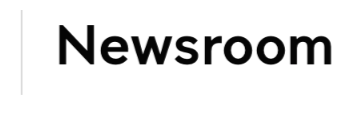UNSW study finds Fiji making progress towards ‘health for all’
A UNSW study has found Fiji’s poor are getting a fair share of the benefits from the Fiji government’s spending on healthcare but that challenges regarding the quality of health services remain.


